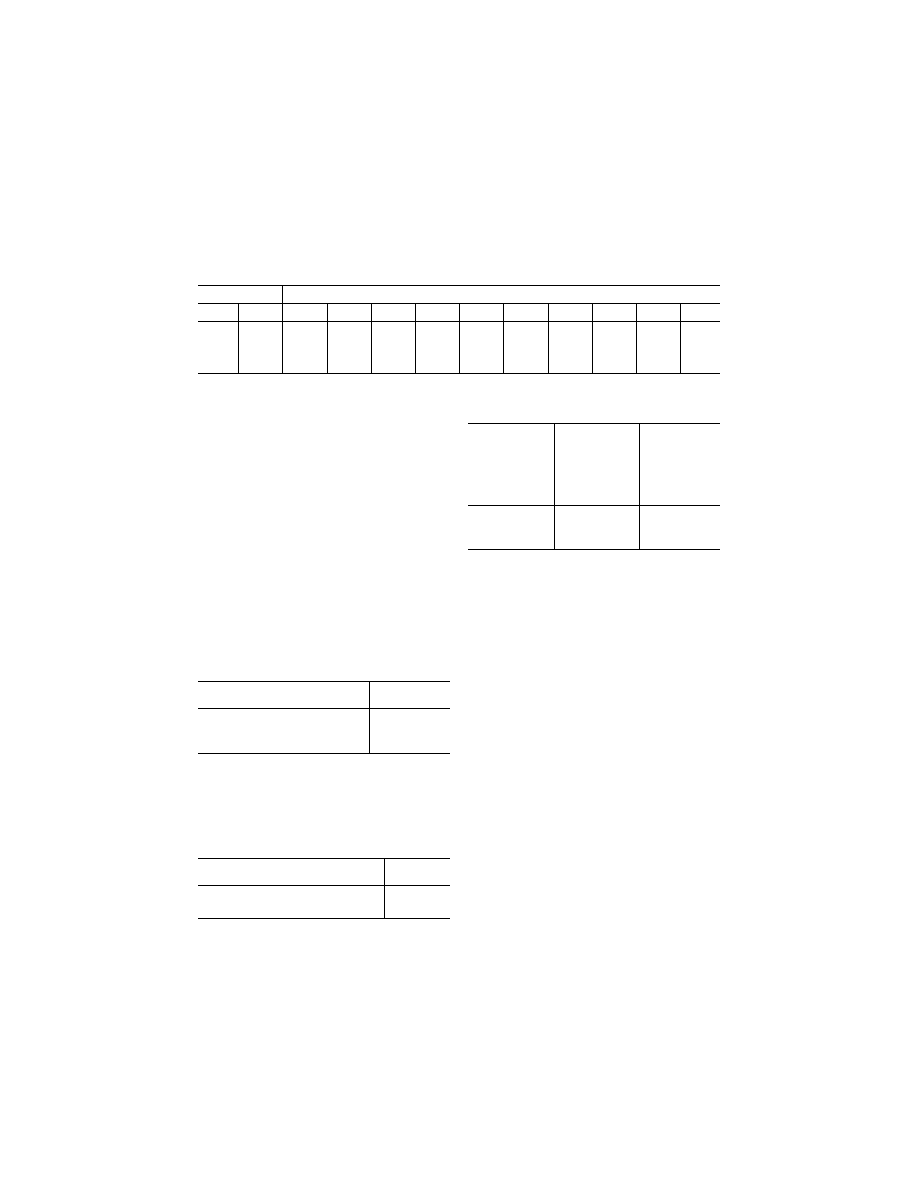
619
Federal Aviation Administration, DOT
Pt. 26
T
ABLE
2.—F
LIGHT
L
ENGTH
D
ISTRIBUTION
—Continued
Flight length (NM)
Airplane maximum range—nautical miles (NM)
From To 1000 2000 3000 4000 5000 6000 7000 8000 9000 10000
9200
9400 0.0 0.0 0.0 0.0 0.0 0.0 0.0 0.0 0.0 0.2
9400
9600 0.0 0.0 0.0 0.0 0.0 0.0 0.0 0.0 0.0 0.1
9600
9800 0.0 0.0 0.0 0.0 0.0 0.0 0.0 0.0 0.0 0.1
9800
10000 0.0 0.0 0.0 0.0 0.0 0.0 0.0 0.0 0.0 0.1
(c) Overnight Temperature Drop. For air-
planes on which FRM is installed, the over-
night temperature drop for this appendix is
defined using:
(1) A temperature at the beginning of the
overnight period that equals the landing
temperature of the previous flight that is a
random value based on a Gaussian distribu-
tion; and
(2) An overnight temperature drop that is
a random value based on a Gaussian distribu-
tion.
(3) For any flight that will end with an
overnight ground period (one flight per day
out of an average number of flights per day,
depending on utilization of the particular
airplane model being evaluated), the landing
outside air temperature (OAT) is to be cho-
sen as a random value from the following
Gaussian curve:
T
ABLE
3.—L
ANDING
O
UTSIDE
A
IR
T
EMPERATURE
Parameter
Landing outside
air temperature
°
F
Mean Temperature ..................................
58.68
negative 1 std dev ...................................
20.55
positive 1 std dev ....................................
13.21
(4) The outside ambient air temperature
(OAT) overnight temperature drop is to be
chosen as a random value from the following
Gaussian curve:
T
ABLE
4.—O
UTSIDE
A
IR
T
EMPERATURE
(OAT)
D
ROP
Parameter
OAT drop
temperature
°
F
Mean Temp ...................................................
12.0
1 std dev ........................................................
6.0
(d) Number of Simulated Flights Required
in Analysis. In order for the Monte Carlo
analysis to be valid for showing compliance
with the fleet average and warm day flam-
mability exposure requirements, the appli-
cant must run the analysis for a minimum
number of flights to ensure that the fleet av-
erage and warm day flammability exposure
for the fuel tank under evaluation meets the
applicable flammability limits defined in
Table 5 of this appendix.
T
ABLE
5.—F
LAMMABILITY
E
XPOSURE
L
IMIT
Minimum number of
flights in Monte
Carlo analysis
Maximum
acceptable Monte
Carlo average fuel
tank flammability
exposure
(percent) to meet
3 percent
requirements
Maximum
acceptable Monte
Carlo average fuel
tank flammability
exposure
(percent) to meet
7 percent part 26
requirements
10,000 ....................
2.91 6.79
100,000 ..................
2.98 6.96
1,000,000 ...............
3.00 7.00
[Doc. No. FAA–2005–22997, 73 FR 42495, July
21, 2008]
PART 26—CONTINUED AIRWORTHI-
NESS AND SAFETY IMPROVE-
MENTS FOR TRANSPORT CAT-
EGORY AIRPLANES
Subpart A—General
Sec.
26.1
Purpose and scope.
26.3
Definitions.
26.5
Applicability table.
Subpart B—Enhanced Airworthiness
Program for Airplane Systems
26.11
Electrical wiring interconnection sys-
tems (EWIS) maintenance program.
Subpart C—Aging Airplane Safety—
Widespread Fatigue Damage
26.21
Limit of validity.
26.23
Extended limit of validity.
Subpart D—Fuel Tank Flammability
26.31
Definitions.
26.33
Holders of type certificates: Fuel tank
flammability.
26.35
Changes to type certificates affecting
fuel tank flammability.
26.37
Pending type certification projects:
Fuel tank flammability.
VerDate Mar<15>2010
10:12 Mar 18, 2014
Jkt 232046
PO 00000
Frm 00629
Fmt 8010
Sfmt 8010
Y:\SGML\232046.XXX
232046
pmangrum on DSK3VPTVN1PROD with CFR